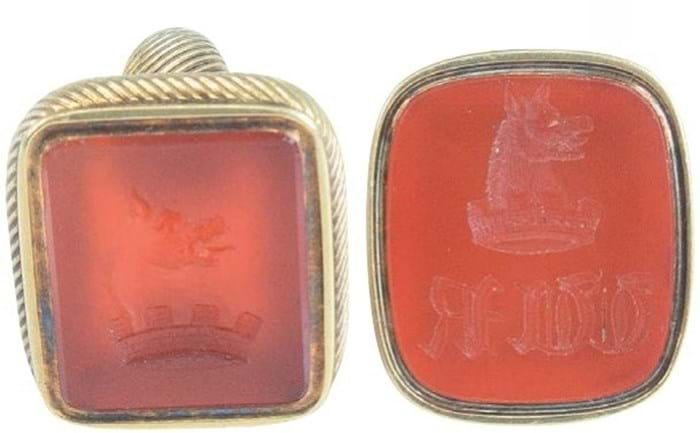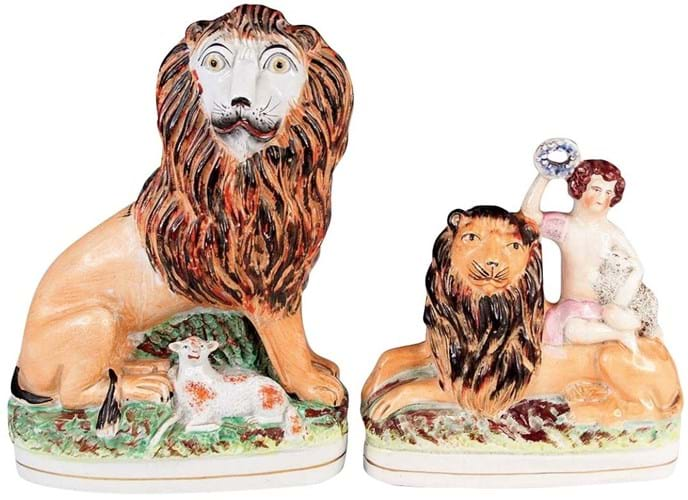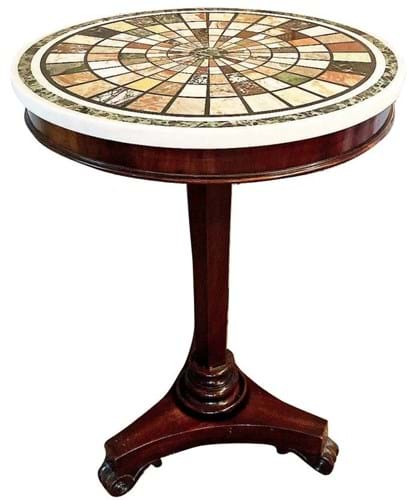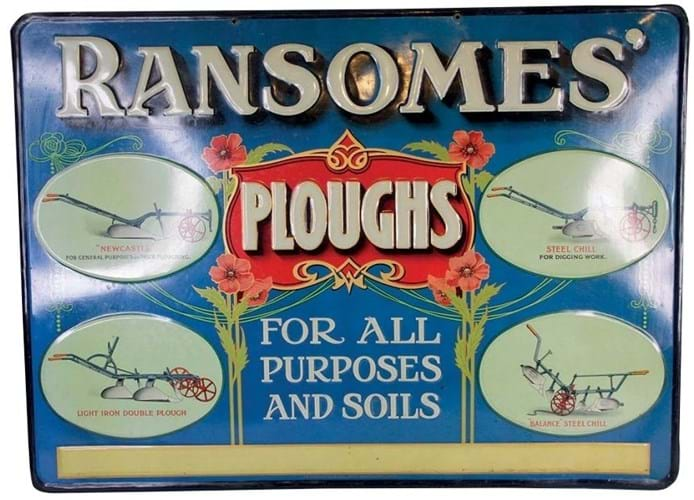Glass marbles destined for a general sale until international inquiries alerted Lacy Scott & Knight (22.5% buyer’s premium) to their potential were among the surprise stars at the Suffolk rooms.
“I had no idea there was such an active market until we were bombarded with emails,” said auctioneer Edward Crichton.
At the top end, there seems to be only a handful of purists but three of them were bidding at the May 20 sale at Bury St Edmunds.
Estimates had been rethought and the single 19th century ¾in (2cm) diameter, clear glass multi-colour ‘razor ribbon’ example was pitched at £300-500. It sold to an overseas enthusiast at £2700.
A mixed collection of about 50 19th century and later marbles, including some onionskins and micas, pitched at £100-200 sold at £4400.
Well-known dealers
Like all 557 lots in the May 20 sale, the marbles were part of the contents of the Framlington antiques shop run by Richard Goodbrey, who died last November, and his wife Miranda, who died in 2018.
Setting up in Suffolk in 1963, the couple became well known to collectors and dealers at the Grade II-listed Plymouth Brethren meeting house and neighbouring run-down cottages which the Goodbreys converted into their family home, shop and workshops.
As early pioneers of the ‘country kitchen’ look showcasing rustic collectables such as slipware pottery and old kitchen utensils, and with Richard establishing a reputation as a furniture restorer, the business had prospered. It also attracted celebrity visitors, including Princess Margaret and Lord Snowdon and furnished cellist Mstislav Rostropovich’s Alderburgh house.
The stock, offered without reserves, was a sell-out and generally over-estimate bids brought a hammer total of £152,000.
Many bids came from former clients of the Goodbreys but there was also international interest.
Two mid-19th century Staffordshire figures were sold together: a 10in (26cm) high lion and lamb group with no damage and a 7½in (19cm) high group of a lion and putto which was intact but crazed. Pitched at £300-500, the two sold online at £1900.

Cornelian fob seals, £1100 at Lacy Scott & Knight.
Two fob seals with intaglios depicting a crowned boar’s head met the current demand for glyphic art. Set in 18ct gold, they went above estimate to the West End trade at £1100.
Furniture, predictably, was led by a late Victorian three-seater sofa stamped Howard & Sons No 11145 5494 to a rear leg.
The mahogany frame was worn and scuffed but structurally sound and the fabric grubby and tired but, against a here-to-sell £1000-1500 estimate, it went online to a Norwich dealer at £6600.
The demand for a number of inlaid occasional tables was less expected.
Selling at a mid-estimate £1800 to a Swafham dealer was an 1830s English mahogany example with a 2ft 4in (72cm) diameter top radial-inlaid with specimen marbles.
An early 20th century Syrian decagon-sided table with a 22in (55cm) diameter top had some small pieces missing among the overall inlay of tortoiseshell, mother-of-pearl, ivory and ebony but was otherwise in good original condition. It went to private clients of the Goodbreys at a triple-estimate £1800.
Described as “a perfect microcosm of an English country dealer’s life’s work”, the sale ranged from Middle Eastern furniture to Victorian sailors’ woolworks of Royal Navy frigates.
One measuring 16in x 2ft (42 x 60cm) titled M. Ship Raleigh. 50. Guns and later annotated By George Smith 1846 had no losses or loose threads and doubled the estimate in going to the London trade at £1300.
Another, a pair, each 11 x 15in (27 x 38cm), depicted a ship Setting Sail (heavily faded, stained), and Returning Home (good colour and no losses). Pitched at £800-1200, the pair sold online to a collector at £1900.
Keep it local
Local appeal was best exemplified by two advertising signs.
One was an embossed tin wall sign made by Sir Joseph Cawston & Sons Ltd, London for Ransomes’ Ploughs for All Purposes and Soil. Ransomes, established in the 18th century and finally defunct in 1998, was one of the biggest employers in Ipswich and part of the history of East Anglian farming. Pitched at £80-120, it sold to a local buyer at £1400.
For truly local appeal as sometimes is defined in Suffolk, another sign announced Pratt’s Framlingham Depot. Presumably a storage and delivery site for the motor fuel company which became part of Esso in 1934, the 4ft (1.22m) diameter metal sign enamelled in red, white and blue doubled the mid-estimate, selling to a local buyer at £1000.













